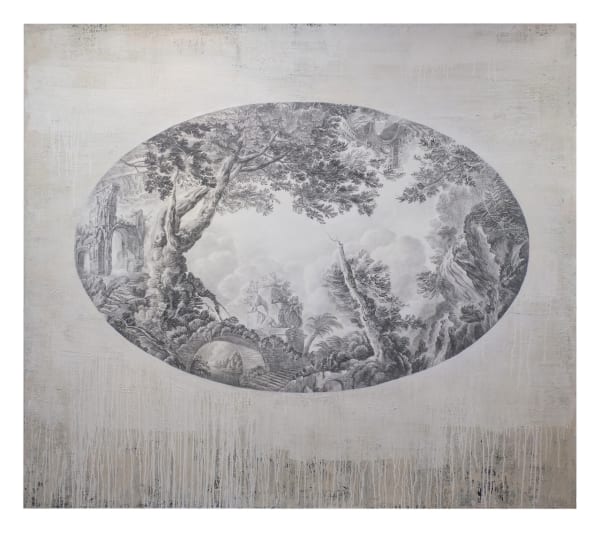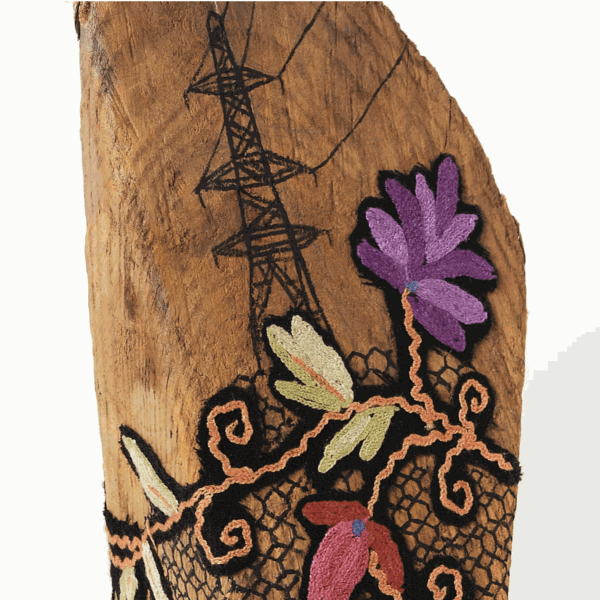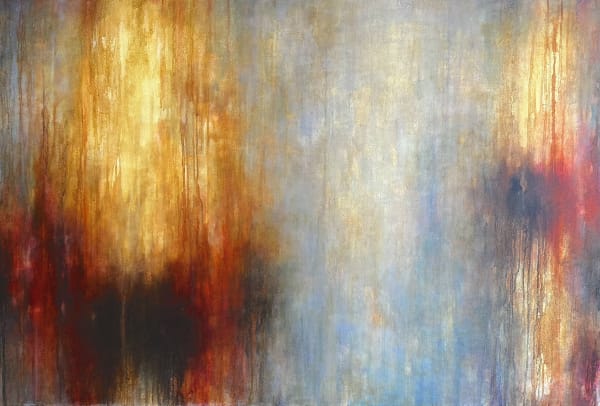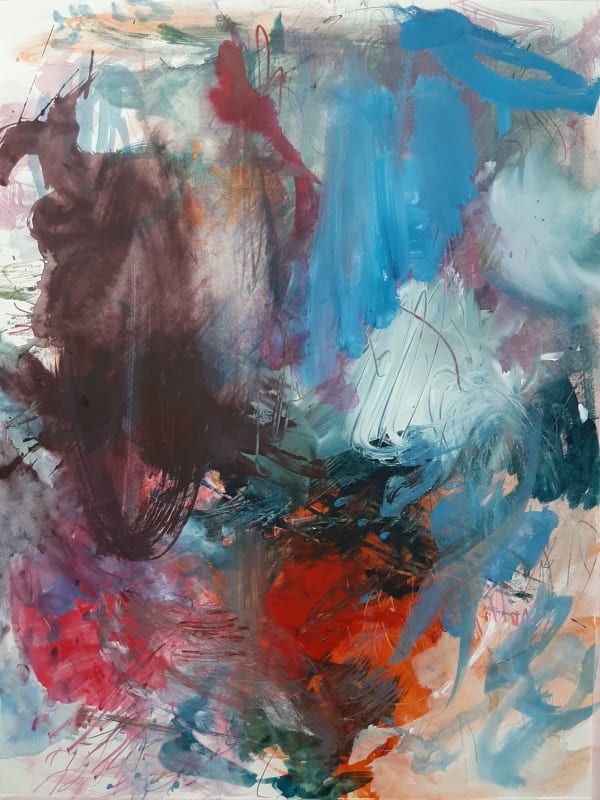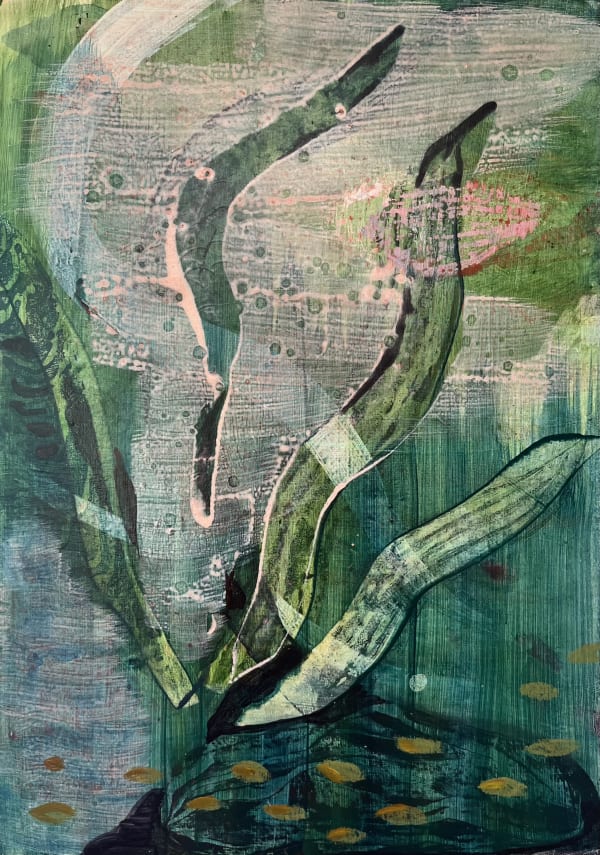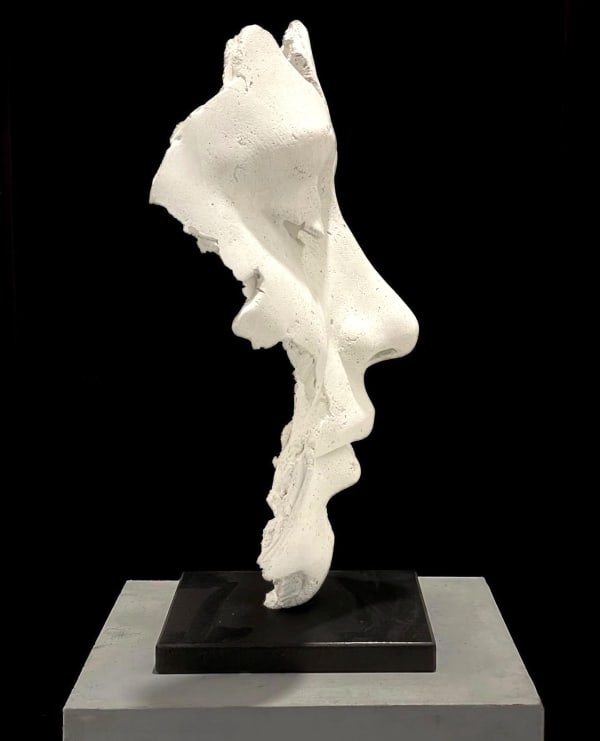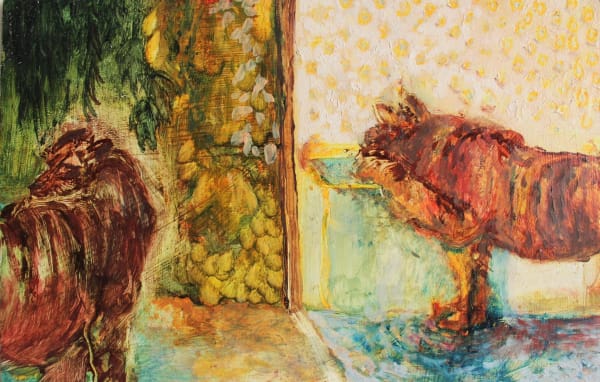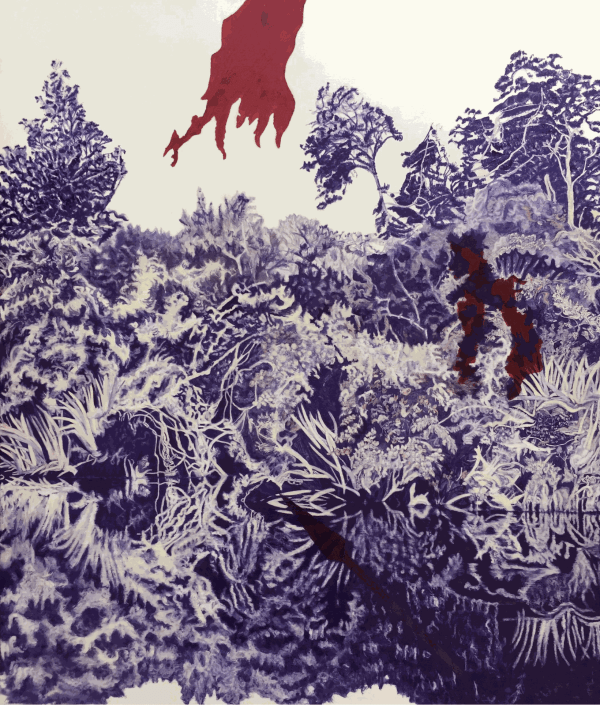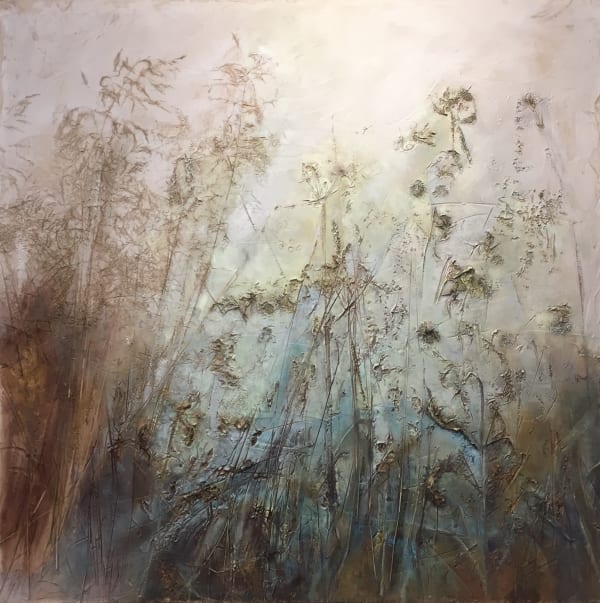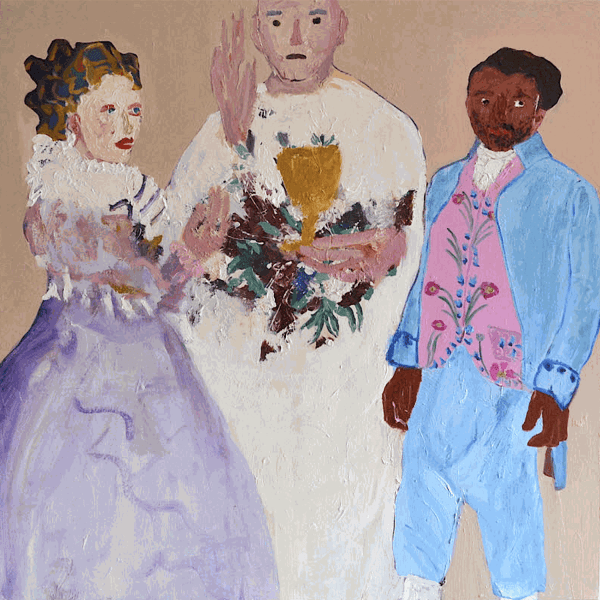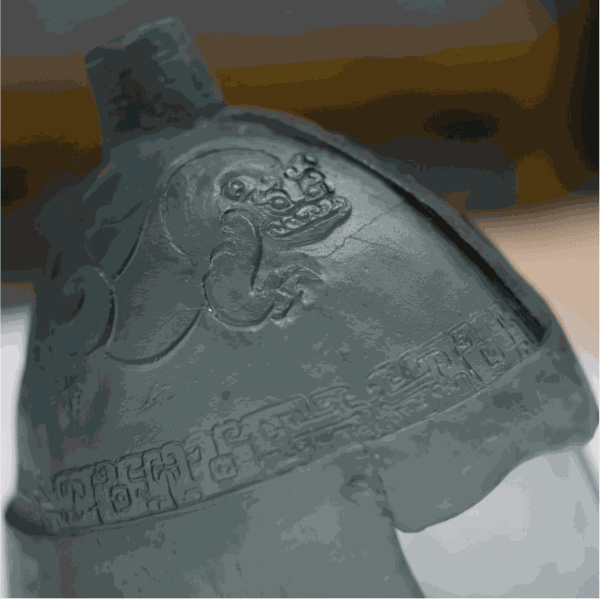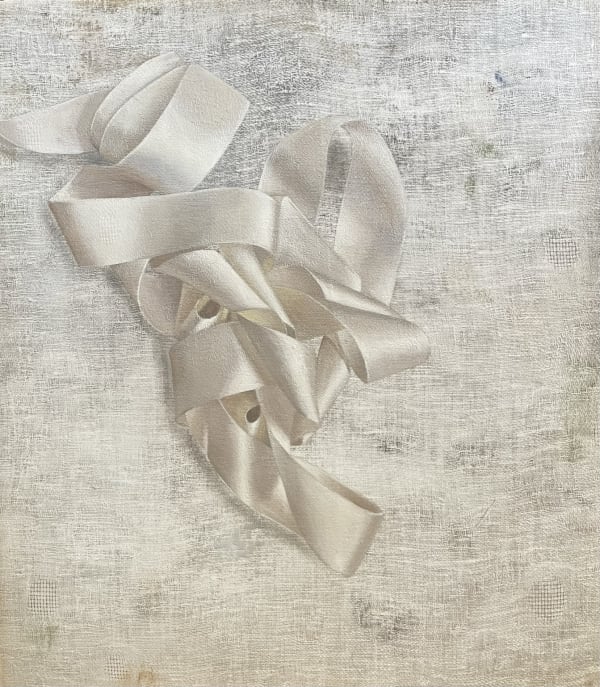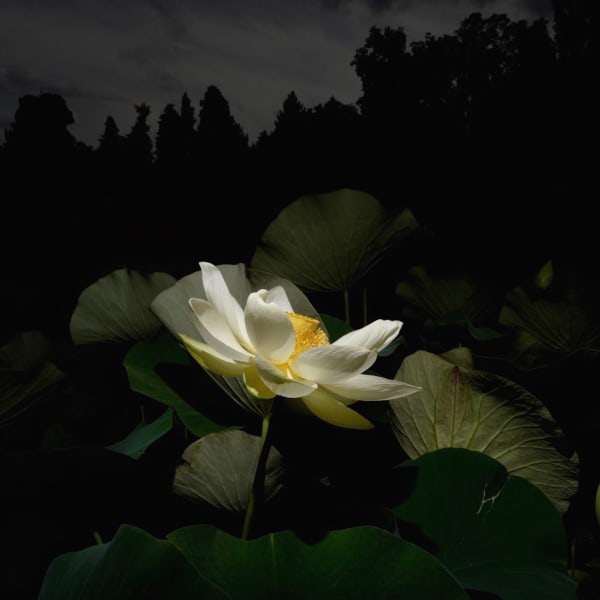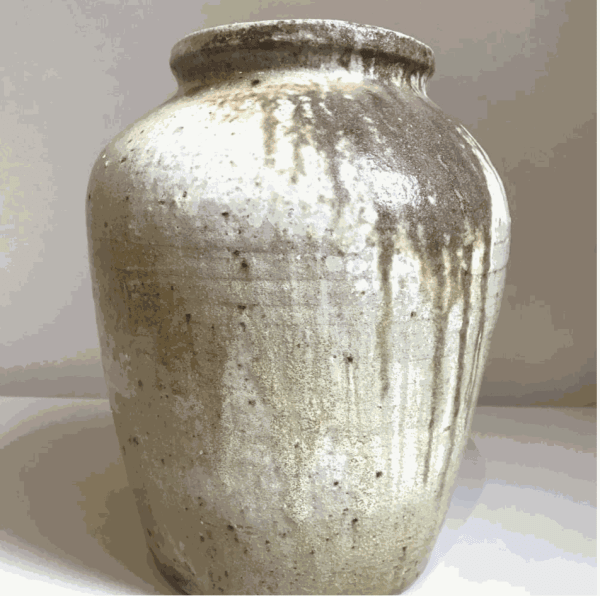Gallery artists
-

Sue Williams A'Court
-

Madi Acharya-Baskerville
-

Prasad Beaven
-

Sandra Beccarelli
-

Camilla Bliss
-

Abigail Bowen
-

Sasha Bowles
-

Tracy Burgess
-

Corinna Button
-

Justine Formentelli
-

Alexandra Gallagher
-

Steven Heffer
-

Fi Hunter
-

Marian Hyland
-

Charlotte Johnston
-

Robyn Litchfield
-

Karen Loader
-

Amy McMillan
-

Laura Middleton
-

Philippa Paterson
-

Mandy Payne
-

NC Qin
-

Florence Reekie
-

Grant Simon Rogers
-

Cassandra Sabo
-

Rachel Scott
-

Tim Steward
-

Lottie Venn
